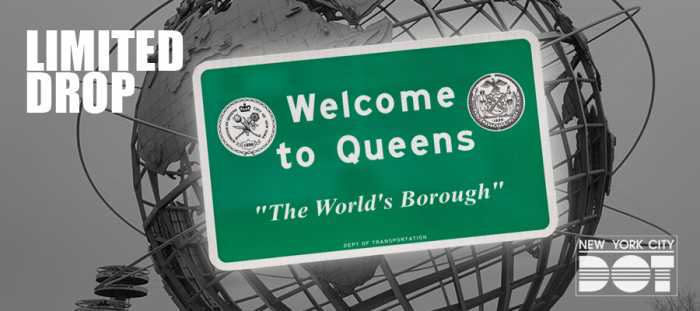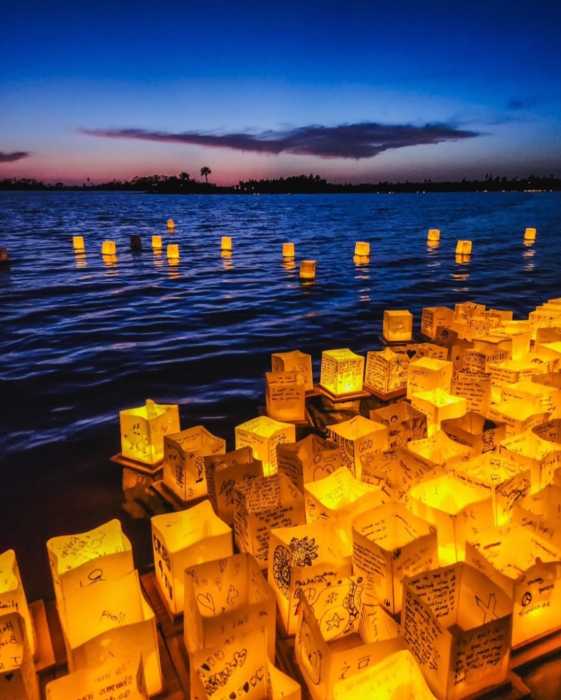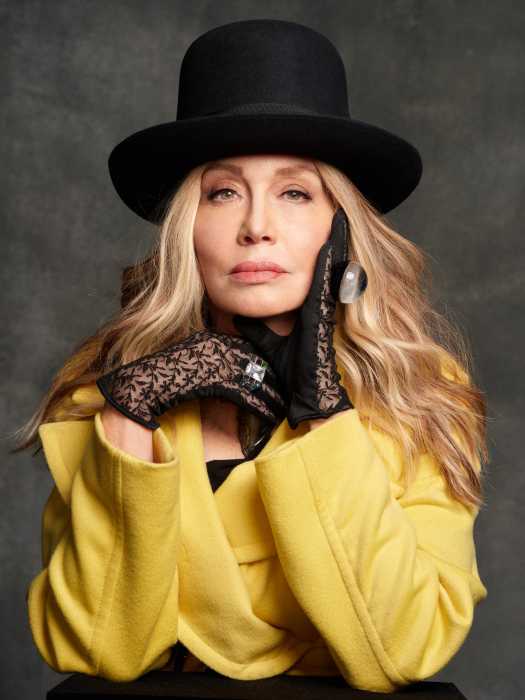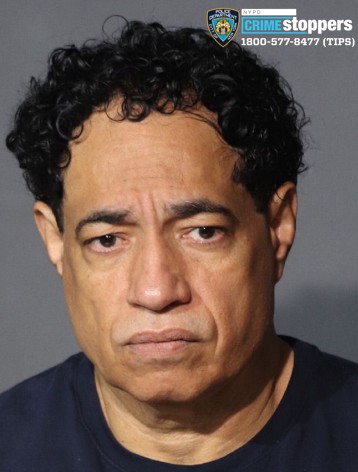By Alex Berger
I discovered that senior citizen Murray is one cheerful, joyful, happy-go-lucky guy with a wonderful sense of humor. After dinner, the Lakes invited Gloria and me to their home a few weeks later. Once again, Murray was a jovial host, and a smile never left our lips.During dinner, Murray left to go to the bakery for our dessert. During his absence, I said to Marge, “Your Murray is certainly a party animal. He must have led a very happy and carefree life.”Marge smiled wryly at this observation. She beckoned us to sit down and said, “I have a story to tell you about Murray's Ôhappy and carefree' life. He won't talk about it, but I will.””Do you mind if I take notes?” I asked.”No,” was her reply.Murray, the youngest of four children, was born in Odessa, Russia in 1918. His name then was Mischa Laichovetsky. Murray's father, Solomon, was a wholesale fish distributor, and his mother, Ann, was a nurse. The family led a good, middle-class life until his father was arrested by the Communists because he was a capitalist.He was ultimately released, but not before the police raided their home and took all the family's possessions. They were left penniless with only the clothing on their backs. Life for the Laichovetsky family was never the same.Murray's father died when he was 2, quickly followed by the death of his mother and brother when he was 4. The Communists then forced the remaining three children (Murray and sisters Clara and Mary) to move into a one-room unit with no water, bathroom or heat.They slept on iron beds. Fourteen-year-old Clara, the oldest, scrounged around to find an abandoned wood-burning stove and scavenged discarded furniture for firewood. They lived in abject poverty for months.Relatives living in the United States learned of their plight and sent them periodic food packages (tea, canned “evaporated” milk, sugar, rice and flour). Clara exchanged the flour at the bakery for bread. When the food ran out, they survived by drinking hot water.A sympathetic neighbor helped Clara apply for a permit (visa) to leave Odessa. Many months later, they finally received a one-day notice to leave Russia. The three youngsters packed their sparse belongings and boarded a cramped barge for Constantinople (Istanbul), Turkey, where they were squeezed into the barge's hole along with 50 other people. During the difficult trip, the barge almost capsized, but Clara (15), Mary (10) and Murray (5) were on their way to America.The first docking was in Varna, Bulgaria, where they heard a man on the pier calling their name. He was their father's cousin. He was not allowed to board the vessel, but the pastries he brought were given to the children. They never saw him again.Out to sea again, the barge encountered a major storm that flooded the hole and nearly drowned the children. The barge finally reached Turkey.In Turkey, the children disembarked and were helped on land by representatives from the Jewish Community for Immigrants. During the long wait for another ship, Mary contracted scarlet fever and Clara, who was visiting her at the hospital, also had to be quarantined. Five-year-old Murray was left alone and a neighbor checked on him periodically.In addition, Murray came down with measles and was nursed back to health by Clara. Ten months passed before they were able to continue their journey. Finally, they left on a Greek ship for the three-week voyage to America.Once in America, the children lived with their mother's sister and husband (who had five small children of their own) in a small tenement apartment in Brooklyn. Murray literally had to be chained to a basement boiler pipe to prevent him from running away. It was a very unhappy situation for Clara, who then left to live with another uncle. Clara got a job and contributed to the support of Mary and Murray, who were often left hungry by their financially strapped relatives. At 18, Clara married a man she met in Turkey and took in Mary and Murray.Nine-year-old Murray was a problem child, and Clara couldn't handle him any longer. So, out of necessity, she sent him to the Cottage School for Children in Pleasantville, N.Y. Rebellious Murray ran away from the “Cottage” several times to live with Clara, but he was returned to the institution each time. He lived there until he was 16. Murray was then left on his own.At 17, Murray enlisted in the federally funded Civilian Conservation Corps and was sent to New Jersey to help build Palisades Interstate Park. After completing his time in the corps, Murray lived with a friend in the Bronx, where he met Marge. Marge, however, rejected him because he was poorer than she was. Another disappointment. A few months later, Murray was drafted into the Air Corps and Marge was encouraged to correspond with him. She did and the romance began.Murray, a radio operator and gunner, was stationed in India and flew on many dangerous missions. On the last mission, his plane developed engine trouble and the crew was ordered to bail out. Murray landed safely and was picked up by Indian natives who brought him back to his base.Murray never found out what happened to the rest of the crew. He was sent back to the United States and hospitalized at Long Island's Mitchell Field. When Murray recovered, he was given a three-week furlough, enough time to marry the girl of his dreams.Upon discharge, Murray drifted from job to job. He finally decided to work for himself and became a successful wholesaler in the stationery field. He changed his name to “Lake” because his only child, Sheila, was having difficulty with “Laichovetsky” in school. Tragically, she was killed in a car accident in 1993.Despite hardships, Murray overcame them all. And, as Marge said, he turned out to be a wonderful husband, father, grandfather and a grand person with a positive outlook on life. At that moment, Murray returned and brought laughter into the house once again.Reach columnist Alex Berger at timesledger@aol.com or call 718-229-0300, Ext. 140.




































